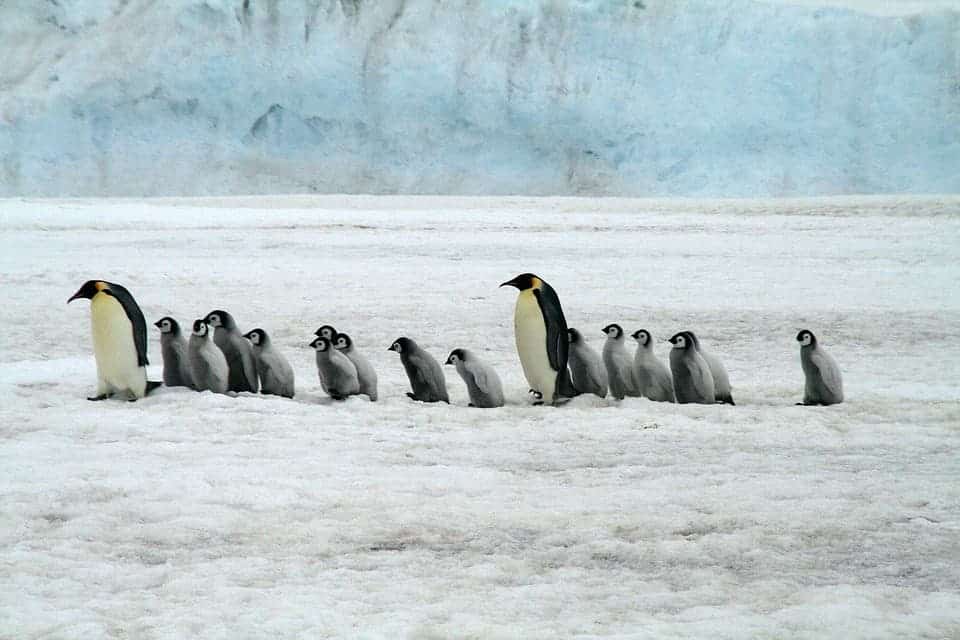As if penguins didn’t have it rough enough, now humans are also bringing diseases to them.

Here’s a word you should probably know, particularly if you have pets: zoonosis. Zoonosis refers to infectious diseases which can be naturally transmitted between animals and humans. You can give some strains of the flu to your cat, you can share fungal parasites, and of course, you can get rabies from an infected animal.
In a relatively closed ecosystem like the Antarctic, zoonosis is particularly dangerous. Life is rough, food is scarce, and with the impact of global warming, survival is often on a razor’s edge. That’s why researchers were particularly worried to find human-linked pathogens in bird poop — almost certainly from tourists. Contagious diseases brought from outside the Antarctic can have devastating consequences for penguin colonies, potentially bringing a complete collapse.
“[We’re] obsessed about the potential for novel diseases to jump from wildlife to humans and cause an epidemic,” says ornithologist and ecologist Kyle Elliott at McGill University in Montreal, Canada, who was not involved in the new study. “In reality, the transmission of novel diseases from humans to wildlife has been far more disastrous,” he told Science.
Initially, researchers were skeptical of this possibility — but microbiologist Marta Cerdà-Cuéllar at the Research Center for Animal Health in Barcelona, Spain, felt otherwise. She suspected that humans can indeed carry pathogens to the Antarctic, and set out to analyze this possibility. Along with her colleagues, she collected samples from 666 adult birds from 24 different species — which was no easy feat. Skuas, one of the surveyed species, are extremely clever and have a good memory. If you attempt to catch one and fail, it will never let you get close ever again. Penguins are also very strong.
From these fecal samples, they isolated DNA from Campylobacter jejuni, one of the most common causes of food poisoning in the western world. They also found some strains of Salmonella, as well as another gastrointestinal bug, C. lari, which was found in all surveyed areas. This strongly suggests that the pathogens were brought by humans. Researchers write in the study:
“Three findings suggest reverse zoonosis from humans to seabirds: the detection of a zoonotic Salmonella serovar (ser. Enteritidis) and Campylobacter species (e.g. C. jejuni), typical of human infections; the resistance of C. lari isolates to ciprofloxacin and enrofloxacin, antibiotics commonly used in human and veterinary medicine.”
The consequences of this process are not yet clear, but they can be “devastating,” says Jacob González-Solís, an environmental and evolutionary biologist from the University of Barcelona who was on the team. Researchers call for measures to limit tourism in the area.
“Our results highlight the need for even stricter biosecurity measures to limit human impacts in Antarctica,” they write.
The study is set for publication in the journal Science of the Total Environment.





